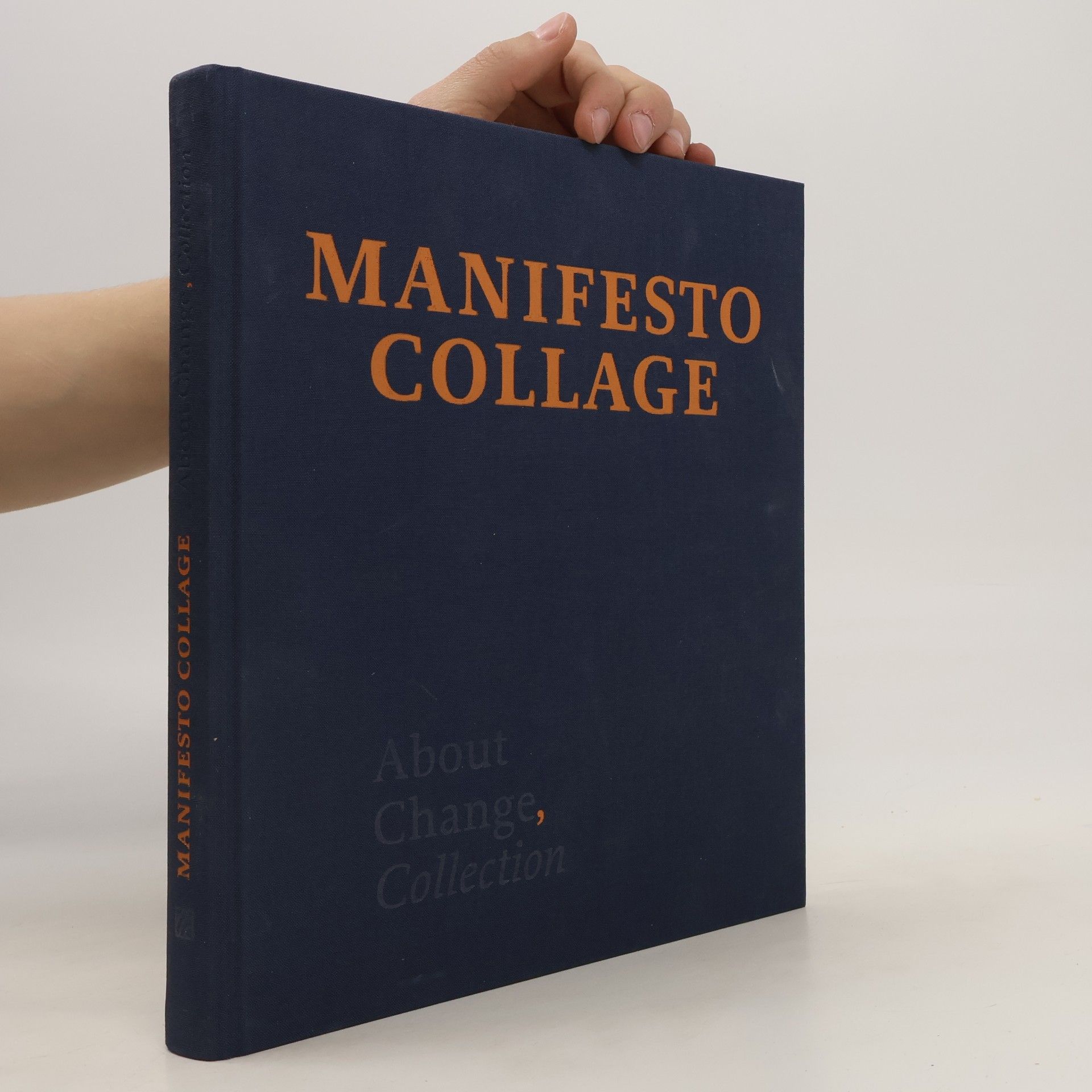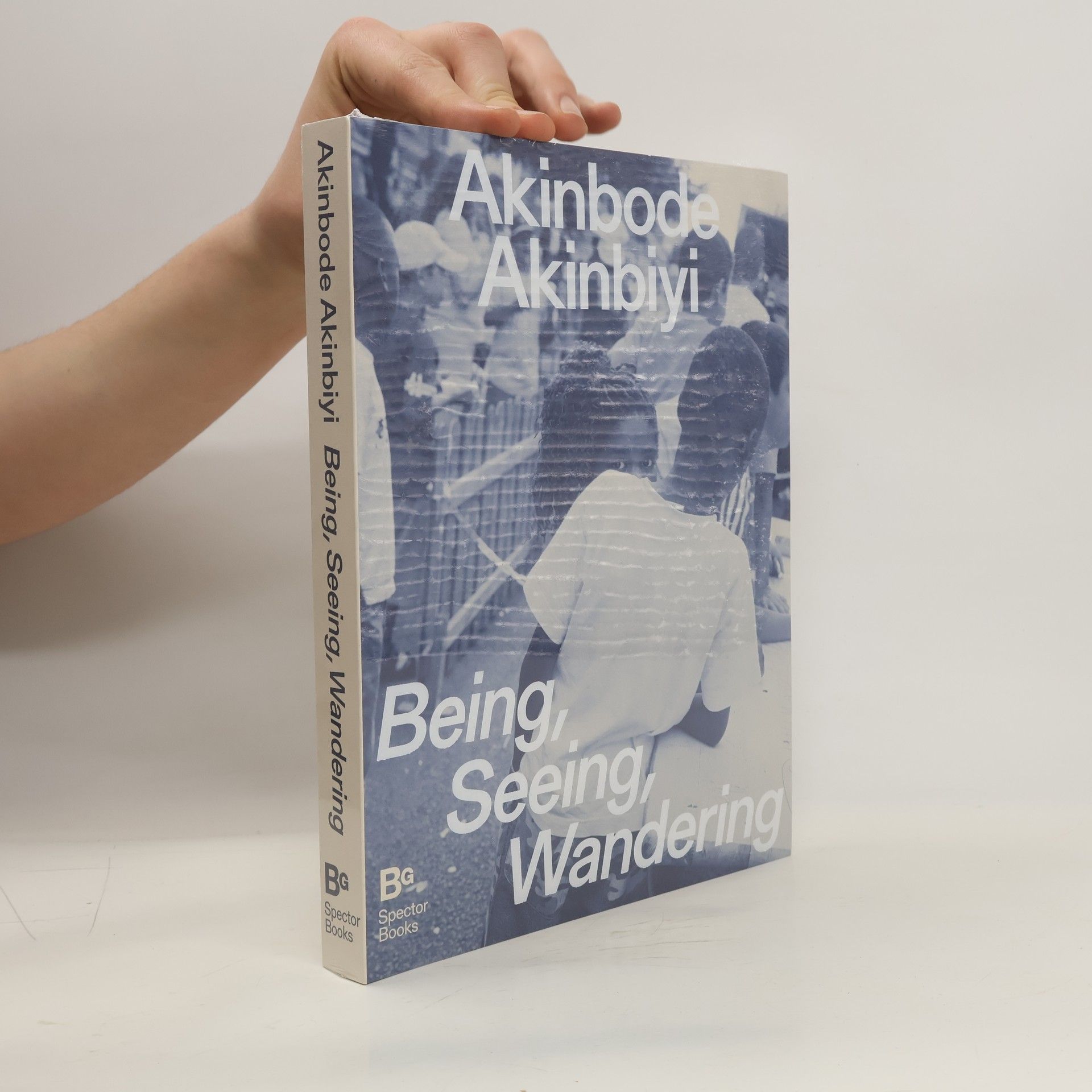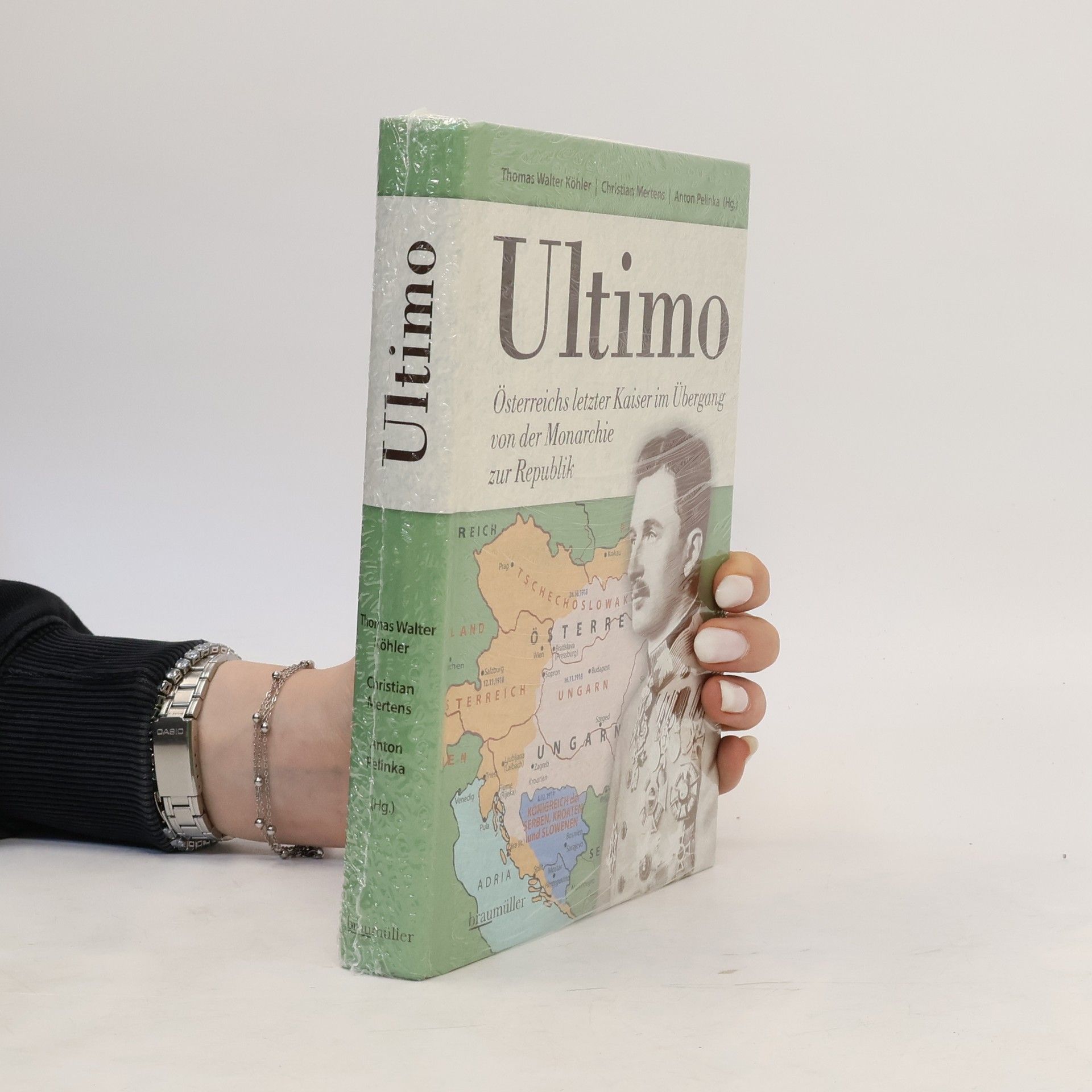Thomas Köhler Book order






- 2025
- 2024
Das Buch bietet eine umfassende Analyse psychischer Störungen wie Schizophrenie, affektive Störungen sowie Angst- und Zwangsstörungen. Es behandelt die Symptome, den Verlauf und liefert epidemiologische Daten sowie Diagnostik- und Klassifikationshinweise. Besonderes Augenmerk liegt auf Entstehungstheorien, einschließlich verhaltenstheoretischer, psychoanalytischer und biologischer Modelle, wobei Transmitterstörungen verständlich erklärt werden. Zudem werden verschiedene Therapieansätze, wie Verhaltenstherapie, Psychoanalyse und Psychopharmakotherapie, detailliert dargestellt und deren Wirksamkeit belegt. Die Neuauflage berücksichtigt die ICD-11.
- 2024
Medizin für Psycholog*innen und Psychotherapeut*innen
in Fragen mit kommentierten Antworten
- 2024
- 2023
Nach ihrer Niederlage an einer TV-Quizshow überstürzen sich die Ereignisse im Leben von Heidi Robusta. Von der Boulevardpresse in Bedrängnis geraten, nutzt Heidi den Trostpreis von Diamond-Luxusreisen und reist mit deren Gruppe nach Japan. Ungeahnt, Stunden vor dem Abflug ereignet sich in Japan eine fürchterliche Naturkatastrophe. Ken, der Fremdenführer, wird beauftragt, die Schweizer Reisegruppe zu betreuen. Die Planung läuft völlig aus dem Ruder und gerät in eine ungeahnte Dimension.
- 2023
Polizei und Holocaust
Eine Generation nach Christopher Brownings Ordinary Men
Wie war der Holocaust möglich? Was ließ „ganz normale Männer“ zu Massenmördern werden? Die historische Analyse demokratischen Zerfalls in Deutschland und in anderen europäischen Ländern kann Ausgangspunkt für die Erkenntnis ebensolcher Gefährdungen in heutigen Gesellschaften sein. Die Debatte um Täterschaft wurde vor einer Generation mit Christopher Brownings Buch „Ordinary Men“ wirkmächtig. Deutungskämpfe auch um Kategorien wie Kollaboration, Raum und Geschlecht waren indes kein rein deutsches Thema und sind in west-, mittel- und osteuropäischen Staaten, aber auch in anderen Teilen der Welt aktueller und umkämpfter als je zuvor. Denn Brownings Impuls war nicht nur auf die historische Forschung fokussiert, sondern auch auf gesellschaftliche Debatten um Verantwortung und ethische Konsequenzen für die nachfolgenden Generationen. Die Beiträge behandeln neue Ansätze zur Holocaustforschung und zu polizeilicher Täterschaft im Nationalsozialismus, ihre aktuellen gesellschaftspolitischen Lesarten und umkämpfte Bewusstseinsbildungen in multiethnischen Gesellschaften heute.
- 2023
Ultimo
Österreichs letzter Kaiser im Übergang von der Monarchie zur Republik
Am 1. April 1922 starb der letzte Kaiser von Österreich auf der portugiesischen Insel Madeira. Erst nach dem Attentat auf seinen Onkel Franz Ferdinand an die Stelle des Thronfolgers gerückt, trat er im November 1916 die Regentschaft über ein Reich an, das sich mitten im Krieg befand und dringender Reformen bedurfte. Karl konnte die fortschreitende Erosion der österreichisch-ungarischen Doppelmonarchie nicht aufhalten, dennoch versuchte er neue Akzente zu setzen. In der österreichischen Reichshälfte kam es durch ihn zu einem Austausch der bisherigen politischen Eliten, er berief den Reichsrat wieder ein und erließ eine politische Amnestie. Außenpolitische Versuche, einen Friedensschluss mit der Entente zu erreichen oder einen Habsburger als König der Ukraine zu installieren, blieben ohne Erfolg. Sein Völkermanifest im Herbst 1918 war ein (zu) später Versuch, den politischen Zerfall Mitteleuropas zu verhindern. In Summe erscheint das Bild Kaiser Karls ambivalent, auch seine kurze Regierungszeit erschwert eine wissenschaftlich-kritische Würdigung. Der projektierte Sammelband will Karl I. in seinen Stärken und Schwächen, seinen (verpassten) Chancen sowie seinen Hoffnungen und Zweifeln mit Bezügen zum Europa von heute darstellen.
- 2022
Mode ist ein schillernder Spiegel der Veränderungen und individuellen Bedürfnisse unserer Gesellschaft - und wichtiger Impulsgeber für die Kunst! Unzählige Modefotografien quer durch das 20. Jahrhundert sprechen, ebenso wie Gemälde und Zeichnungen, von der künstlerischen Rolle der Mode. Aber wie ist das Verhältnis von Künstler:innen zur Mode? Welche Rolle spielt die Mode in Malerei, Zeichnung und Fotografie der letzten 100 Jahre? Wie kleiden und inszenieren sich Künstler:innen damals und heute und wie wird Mode in der zeitgenössischen Kunst genutzt? Diesen Fragen spürt der opulente Band auf einer bisher nicht bekannten breiten Basis nach

